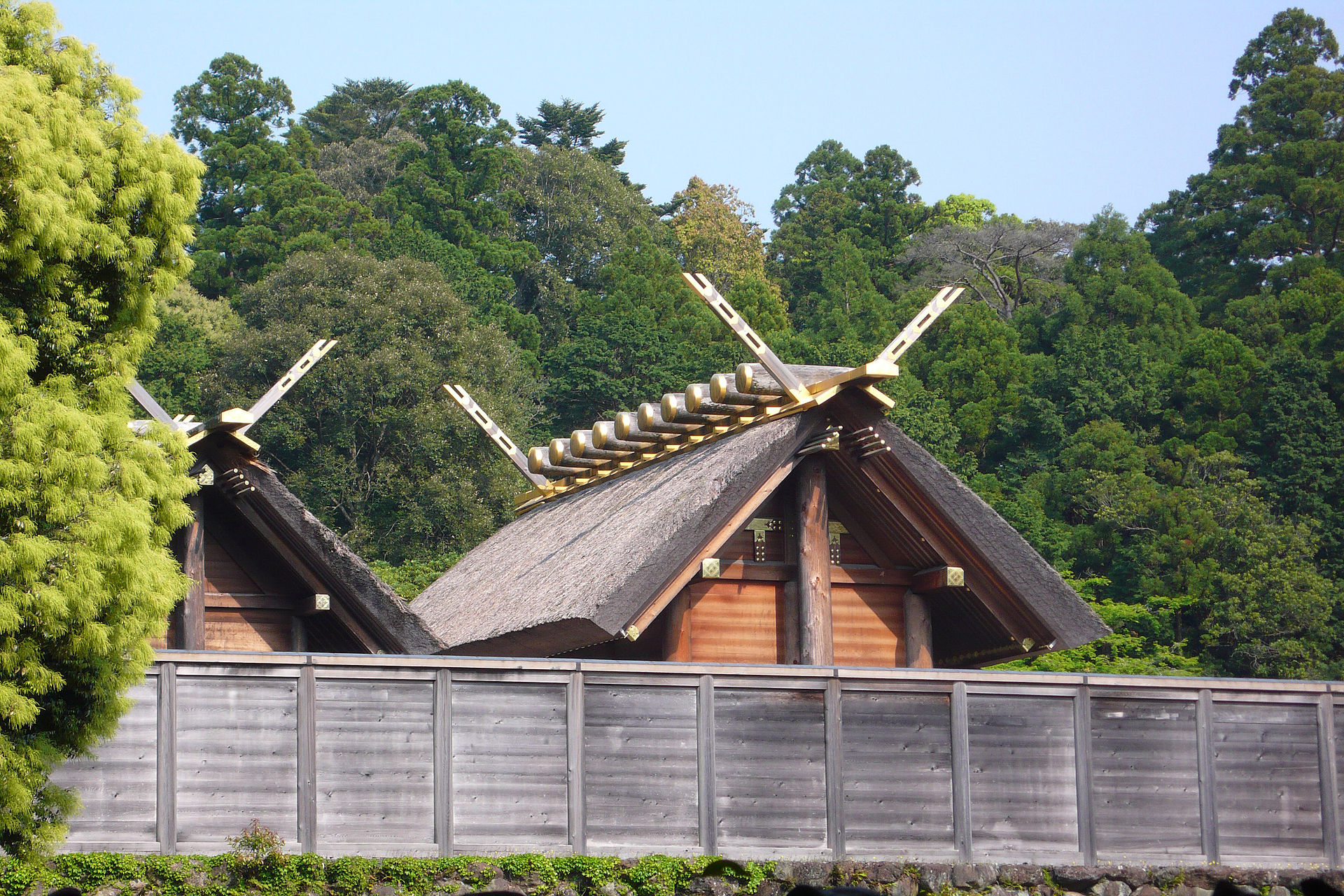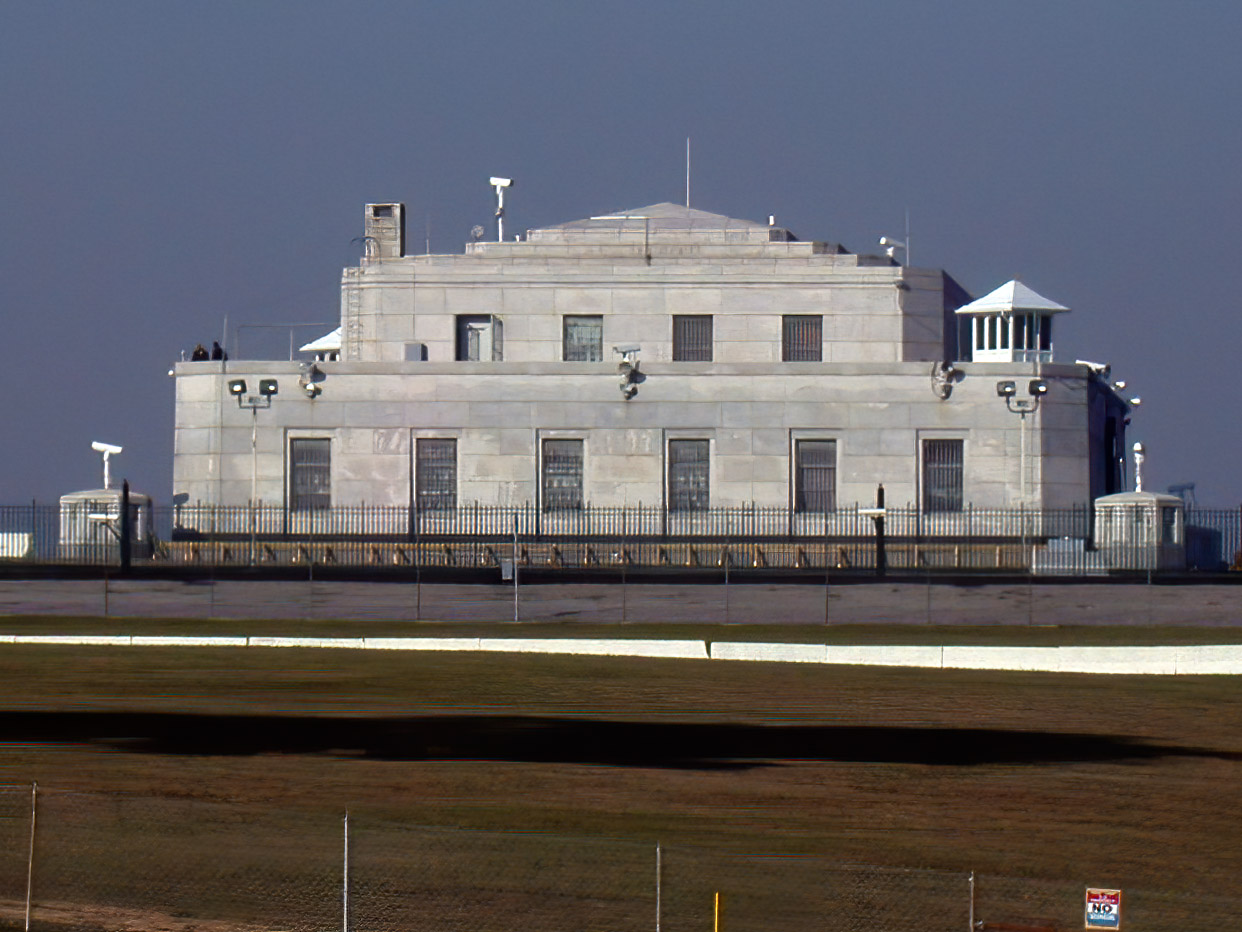Forbidden places. It is precisely the fact that places are forbidden and inaccessible that makes the off-limits of this world fascinating. We’ve covered this in multiple previous articles, and it’s clear that the world has no shortage of places you’re just not allowed to go. With that in mind, here are 10 more examples of places you will likely never be allowed to visit…
10. Woomera Test Range

Australia’s outback would not be complete without the Woomera Test Range, or Woomera Prohibited Area as it is more eerily known. This Royal Australian Air Force managed location is like giant outdoor secret lab. Except its existence is not secret, going there is just very heavily restricted. Covering 47,177 square miles, Woomera is the world’s largest weapons testing range on land. The test range was declared a prohibited area in 1947, but is used for non-defense activity on the basis of permit approval and a requirement that no activity in the prohibited area conflict or undermine its principle purpose as a strategic military installation.
An enormous mineral wealth has been identified as accessible onsite by the South Australian Government and Geoscience Australia, to the tune of $35 billion that could be realized over 10 years. Farming and traditional use under native title are also permitted. Exclusion periods prevent uses even under permit, such as research during active testing times, and these times are published yearly.
9. Jiangsu National Security Education Museum, China
Jiangsu National Security Education Museum is located in Nanjing, the capital city of China’s Jiangsu province. Foreigners are strictly prohibited from entering this James Bond-worthy Chinese spy museum. Chinese citizens are welcome to visit but there are strict protocols, especially the rule that photos are not allowed. The museum spokesman has highlighted concerns about national security in explaining the ban on foreign access. It’s a fascinating treasure trove of espionage equipment, some distressful to imagine encountering in the field, others simply so ingenious they deserve an admiring nod for their sheer guile.
Making the articles of espionage and war appear mundane are key tricks of the trade on display. There were guns made to resemble pens or cigars, coins that were made hollow and could conceal secret documents, plus strategic maps in the form of playing cards. There’s also equipment for bugging rooms, and formerly classified documents never before available for public viewing. There are also memorials to communist agents who were executed by nationalist operatives.
8. Diego Garcia, British Overseas Territory, UK

Diego Garcia is a British Overseas Territory on lease to the United States for military use. First leased to the United States in 1966, the island is 17 square miles and is part of the Chagos Archipelago and the British Indian Ocean Territory. Over 1,000 miles from the closest continent (Asia) and positioned roughly centrally in the Indian Ocean between Africa and Australia, Diego Garcia is a strategic US armed forces base that serves as an operations starting point for Air Force forays around the globe, especially those in the Middle East.
Thousands of islanders living in the entire Chagos Archipelago were forced to leave by the British during the 1960s and 1970s, settling in Mauritius and the Seychelles and experiencing great hardship. The islanders challenged the British actions in court, which led to a 2006 British High Court ruling declaring the forcible eviction illegal. The United Nations served a notice of eviction to the British, who had taken the islands from Mauritius in a deal for the independence of Mauritius and then leased them to the United States. The secretive base is off limits to the public but hosts approximately 5,000 service personnel from the United States and Britain, plus support staff such as cooks and janitors, who are civilians. The general public is not only restricted, even the partners of military members are not permitted on Diego Garcia. Journalist visitation has not occurred either.
7. Ise Grand Shrine

Surrounded by trees in the Japanese town Uji-tachi, Mie Prefecture is an enormous wooden shrine complex, known as Jingu — or the Ise Grand Shrine in English. There are two primary shrines: Naiku, honoring sun goddess Amaterasu, and Geku, constructed in recognition of Toyouke-Omikami, the goddess of agriculture and industry. There are also 123 auxiliary shrines. Visitors can come to the gate but never enter the shrine complex, considered the “Soul of Japan” by Shinto adherents. The most fascinating fact about this restricted area, one of the most sacred sites in Japan, is its demolition and reconstruction every 20 years of the main features.
Yes, you read that right. At a $500 million cost, the 16 principle buildings of Ise Grand Shrine, the torri gateway, and Uju bridge are rebuilt. After the new structures are created, the old shrine elements are demolished. Funding is a joint source of tax revenue and donations. The wooden shrine buildings are protected by a wooden fence and have been undergoing the rebuild cycle since the 8th century. The 63rd Shrine is scheduled to be finished in 2033. The tradition represents Shinto honor of death and rebirth in the natural world and impermanence, making Jingu simultaneously both Japan’s oldest and newest construction.
6. United States Bullion Depository (aka Fort Knox)

Located beside the United States Army post of Fort Knox in Kentucky, the United Sates Bullion Depository is a vault to be reckoned with. Constructed in 1936 by the United States Department of the Treasury on transferred military land, the depository was intended to store gold from coastal areas including, New York, farther inland in case of an overseas attack. This remarkable fortified vault stores approximately 4,507 tons of gold bullion, which amounts to more than 50% of the Treasury’s entire supply of gold.
The United States Bullion Depository is guarded by the United States Mint Police. The building is constructed from layers of granite-lined concrete, reinforced steel, structural steel, and concrete. More than enough armed guards, night vision video surveillance, and razor wire go a long way to prevent incursions. It is also rumored that mine fields are present onsite. The vault itself is subterranean, with a 21-inch-thick door and a 100-hour time lock. Needless to say, the United States Bullion Depository has never been robbed. The site is closed to visitors, with only three visits recorded by anyone not a staff member, including President Franklin D. Roosevelt in 1943.
5. Zone Rouge

The Battle of Verdun, in northeastern France, was the longest sustained conflict of World War I, lasting 300 days in 1916. More than 300,000 French and German deaths occurred in the historic battle that created a modern problem. The former battle site, Zone Rouge (or the Red Zone) is a 460 square mile former farmland area that was devastated in the conflict, filled with shells that were never removed. The huge guns used in the conflict both created countless craters, many of which have been reclaimed by nature into small ponds, interspersed with trees and formed danger fields with scattered unexploded ordnances.
Due to the danger of unexploded ordnance detonation, France defined the Zone Rouge as a place off limits to the public. People were living there, and had to be moved in a small mandatory relocation project by the French government. The area had already seen some unfortunate accidents, fortunately not deadly, involving tractors setting off old shells prior to closure. People could have easily died had post-war occupation of the land continued.
4. UN Buffer Zone, Cyprus
The island nation of Cyprus has been a historic flashpoint of conflict between Greek Cypriots and Turkish Cypriots, historically culminating in a Turkish invasion of the island in July 1974. It’s a complex situation where the Republic of Cyprus has de jure authority over the island (except for two longstanding British Sovereign Base Areas), but in practice, has de facto control of just the southwestern 59% of the island. The northerly 36% is being held by the Turkish Republic of Northern Cypress, which is a self-proclaimed nation seen as an illegal occupier of territory by the European Union. In the wake of these tensions, the United Nations oversees a demilitarized zone, off limits to the general public that comprises 4% of the island nation. The zone spans approximately 112 miles and ranges in width from several feet to 4.3 miles in some sections and contains the village Pyla.
If you really want to go to the zone, also known as the “Green Line,” you have to fill out an application — certainly with no guarantees. But in the capital city of Nicosia, modern Europe’s only divided capital, there are spots frozen in time, decaying with age and including cars, buildings, and an old international airport, the Nicosia International Airport. The airport is perhaps the creepiest site, containing a modern looking yet ruined airport lounge, defunct airplanes, and check-in lines with only broken flooring and empty service desks, disused for commercial flights since the Turkish invasion. Parts of the airport are used by the United Nations Peacekeeping Force in Cyprus.
3. Imber, England
The Salisbury Plain in Southern England is infamous for the eerie ancient monument Stonehenge, but nearby lies a ghost town on the plain with a peculiar past and equally strange present. The Town of Imber, built in an idyllic pastoral setting in Wiltshire County, is no longer settled and has been closed to both former residents and the remainder of the general public since it was evacuated in 1943. Residents were evicted to make way for American Troops to conduct exercises shortly before they were to engage in the invasion of mainland Europe in the ultimately successful Allied bid to defeat the Axis.
Yet after the war finished, the original inhabitants were not permitted to return home, which has become a subject of contention and protest, backed by a cited promise to let villagers go back home that had apparently been broken. Instead, the entire town became an off-limits military zone, used for continued urban warfare practice. The only building remaining in original condition is St. Giles Church. Other buildings were damaged by urban warfare practice, while new buildings for army training were constructed in the 1970s.
2. Makkah al-Mukarramah

Known as Mecca in English, Makkah al-Mukarramah (Mecca the Honored) in the westerly region of Hejazi, Saudi Arabia is the world destination of pilgrimage that is an obligatory element of the Islamic faith. The city is the birthplace of Islamic Prophet Muhammed. The name “Mecca” in English has become something of a metaphor; a noun used most casually by much of the world. This non-religious use has been considered capable of making the English translation of the city’s name unholy or offensive to some practitioners of the faith. Given the fame of the pilgrimage destination, it might come as a great surprise to many that entrance to Makkah al-Mukarramah is highly regulated.
Only practioners of the Muslim faith are permitted entry at any time, not only to the religious sites of Makkah al-Mukarramah, but the entire city. Visitors who are not Muslim can be fined or deported under strict Saudi laws. Observant Muslims must participate in Hajj (Pilgrimage), which takes place in the 12th Muslim lunar month Dhul-Hijjah. Located in a valley 909 feet above sea level, the holy city attracts millions of pilgrims every year. The trip is required at a minimum of once in a lifetime for all Muslims who are able-bodied and able to afford it. al-Masjid al-Haram (The Sacred Mosque), known widely as the Great Mosque of Mecca, is the world’s largest mosque and second largest building worldwide.
The mosque contains the central building known as the Kaaba, which is Islam’s most sacred site as it is identified as the House of God. Muslims face the Kaaba while praying and it has been compared to the Tabernacle of Judaism.
1. Sarlacc’s Pit, Wells Gray Provincial Park, Canada

Located on the northeast in British Columbia, Canada’s Wells Gray Provincial Park, an enormous cave — dubbed Sarlacc’s Pit after the pit-dwelling monster from Return of the Jedi — is a scientific treasure trove, site of potential cultural importance, and a literal death trap… or portal to the geological underworld. The cave and surroundings are also closed to the public, under the penalty of a year in prison or a $1 million fine. The cavern was discovered by helicopter in March 2018 and will be the subject of government exploration works.
Exactly what is concealed in the cave or why the public cannot access it have been questions raised by some Canadians, but the answer is clear. The cave is deadly and remote and unauthorized visitors could either cause environmental damage, die, or suffer catastrophic injuries while requiring an extremely challenging evacuation. The site may also be culturally significant. Containing a waterfall, the cave appears as a nearly vertical giant pit in the side of a mountain, the entrance measuring approximately 328 feet by 197 feet. The precise depth has to be determined but is thought to be over 440 feet. The cave will be officially named after consultation with First Nations.
